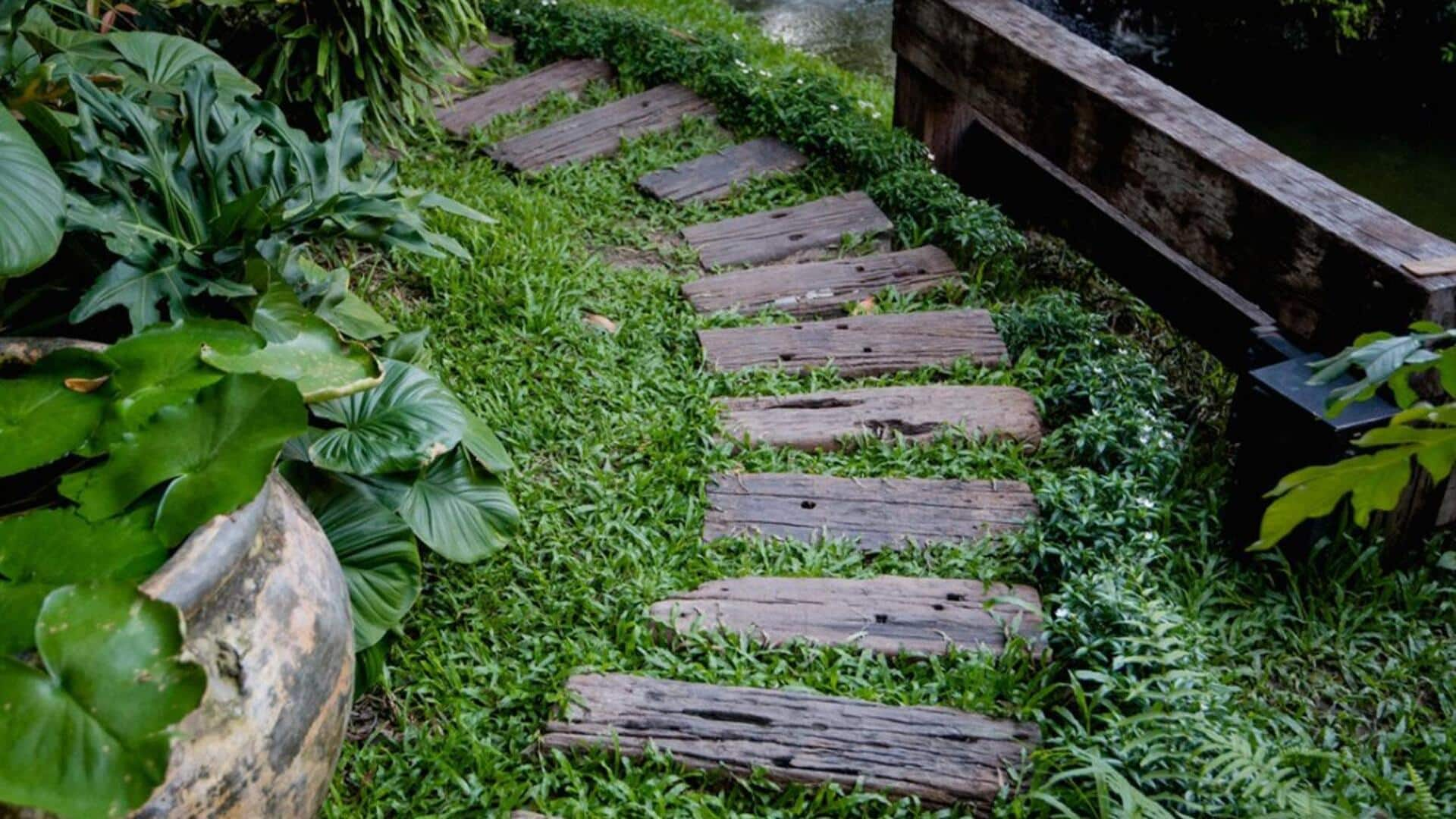
Simple hack to create craft sensory pathways for better balance
What's the story
Enhancing balance is important for everyone, particularly for kids and senior citizens.
A super fun and beneficial way to work on balance is by making DIY sensory pathways at home!
These pathways engage the senses, strengthen motor skills, and provide a fun way to build coordination.
This article shares easy and creative ideas to create sensory pathways using common household items.
Textures
Utilize textured materials
Adding different textures to your sensory pathway makes balance training even more effective.
Use foam mats, carpet squares, and rubber tiles to create sections with varying tactile experiences.
Barefoot walking on these textures activates receptors in the foot, improving overall balance and spatial awareness.
This tactile feedback is important for refining motor skills and coordination.
Visuals
Incorporate visual cues
Visual cues are crucial for improving balance as they help direct movement more efficiently.
Using colored tape to outline paths or create complex designs on the floor that participants must navigate not only fosters visual-motor coordination but also increases the activity's fun factor and complexity.
This approach makes balance training more dynamic and enjoyable for everyone.
Obstacles
Add obstacle challenges
Setting up challenges along your sensory pathway promotes problem-solving and strategic thinking.
Moving around them improves physical agility.
Use everyday items like cones, ropes, or DIY hurdles to create these obstacles.
Just make sure to keep the difficulty level appropriate for the user's ability. This way, the pathway stays safe and fun.
Balance training has never been so exciting for all ages!
Beams
Integrate balance beams
Balance beams aren't just for gymnasts; they're a great way to improve your balance.
You don't need a fancy setup; a straight line of tape on the floor or a piece of wood raised a bit off the ground can serve as a DIY beam.
Walking along the line or beam helps train your foot placement and body alignment, which are key for balance.
Movement
Encourage creative movement
To amp up your sensory pathway, include elements that encourage hopping, skipping, or even crawling.
These actions not only increase fun but also challenge different muscle groups and coordination skills, further contributing to balance improvement.
Adding this layer of creative movement makes the experience more dynamic, effectively amplifying balance training for people of all ages by involving various physical capabilities.